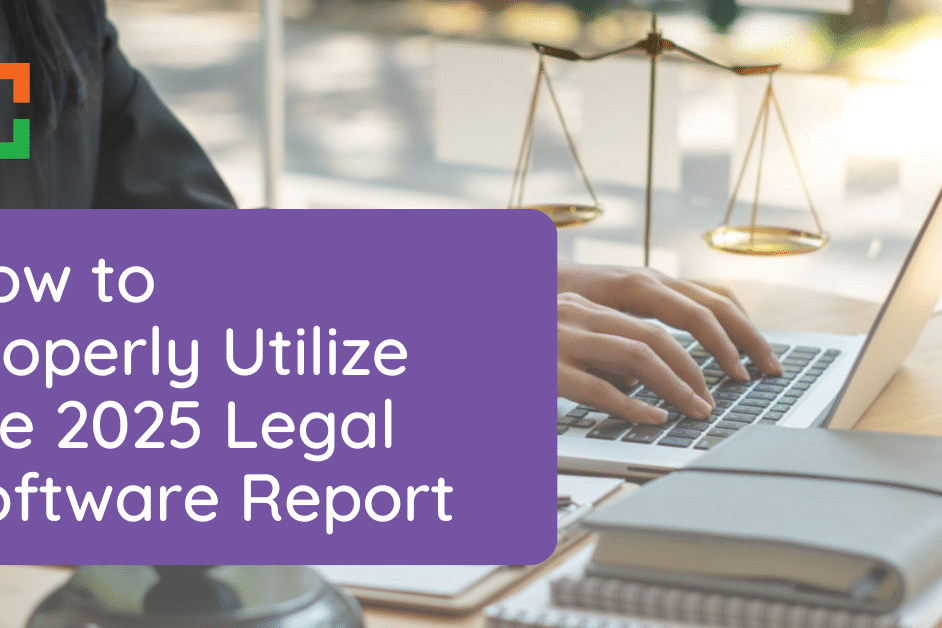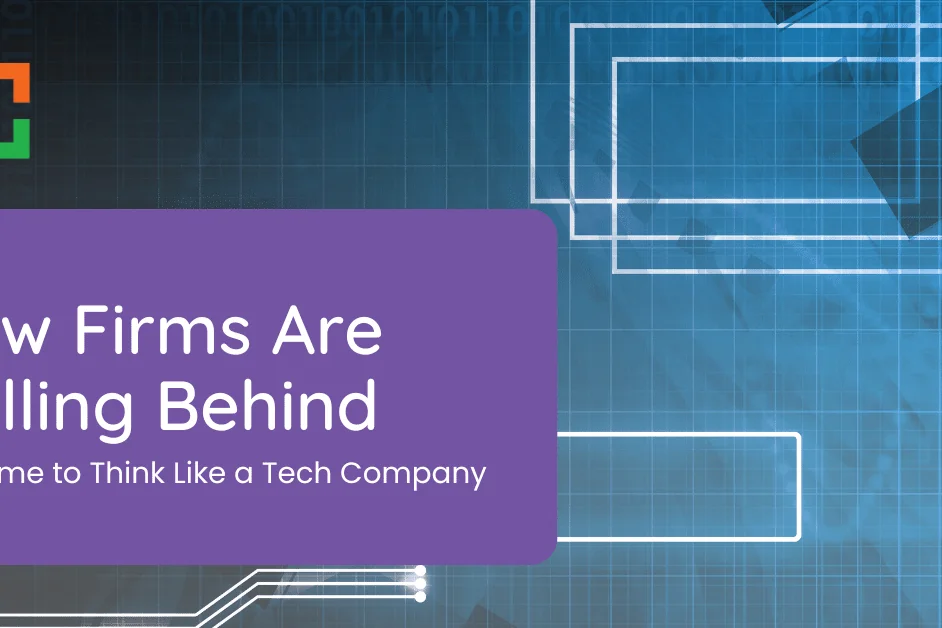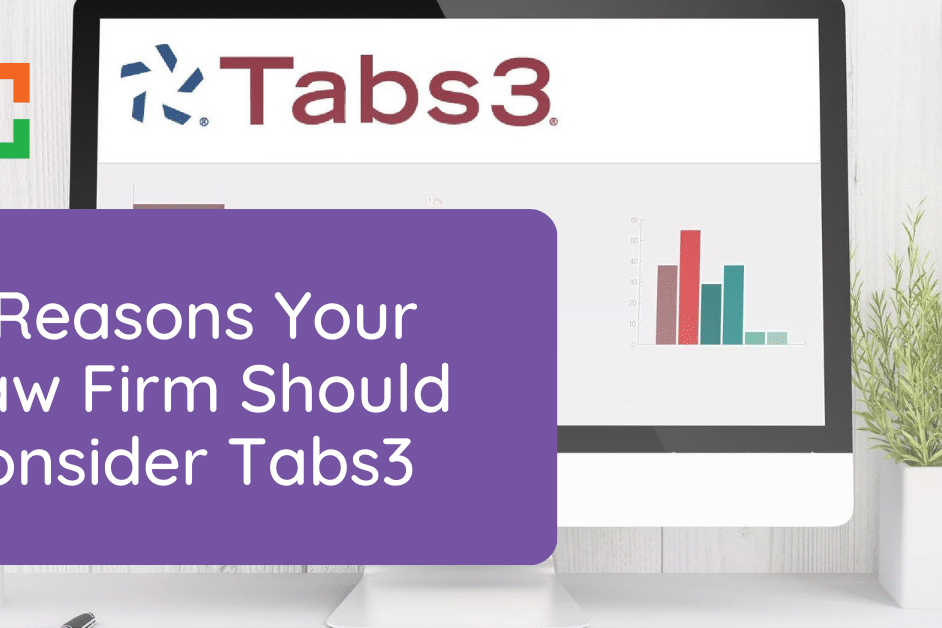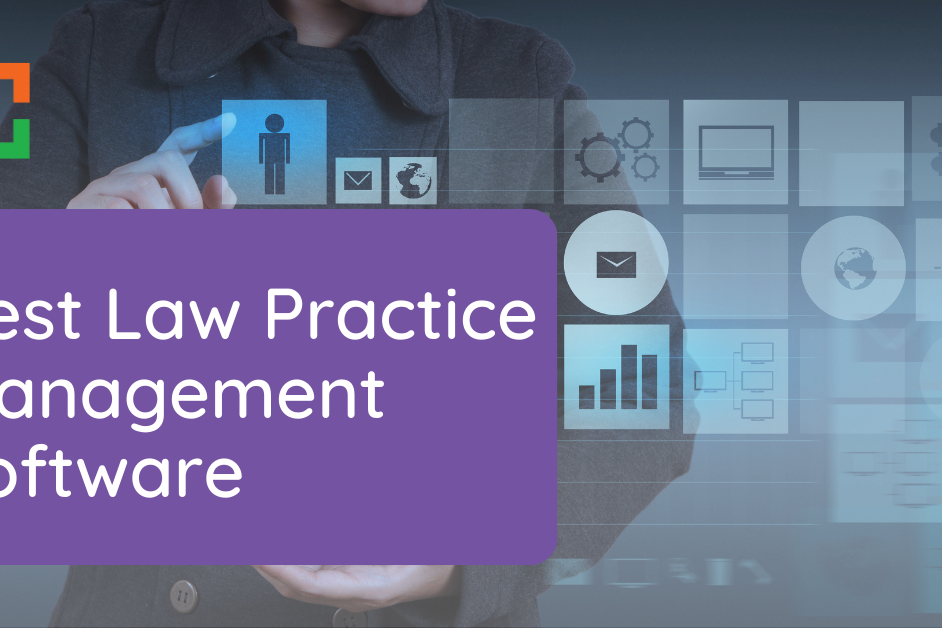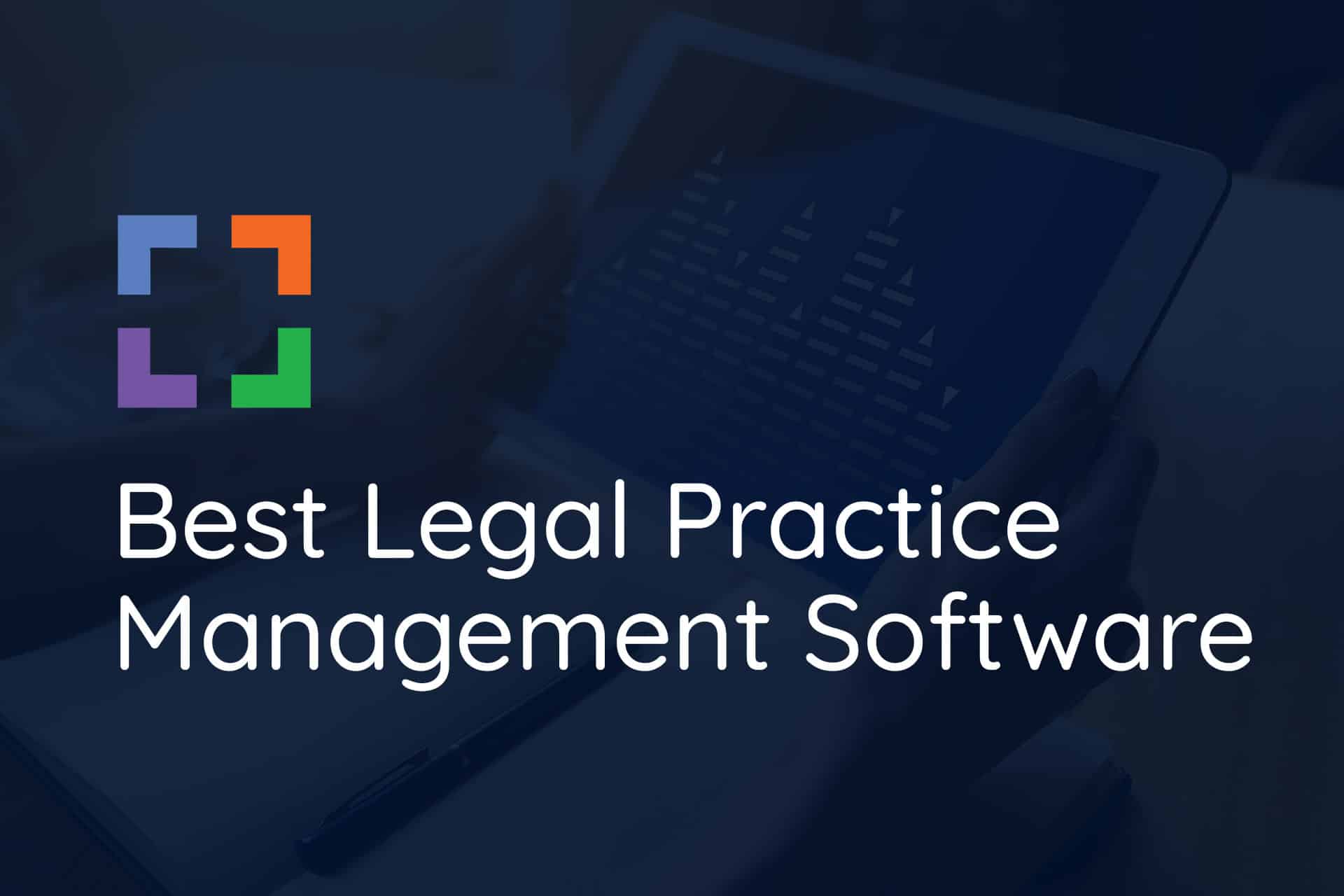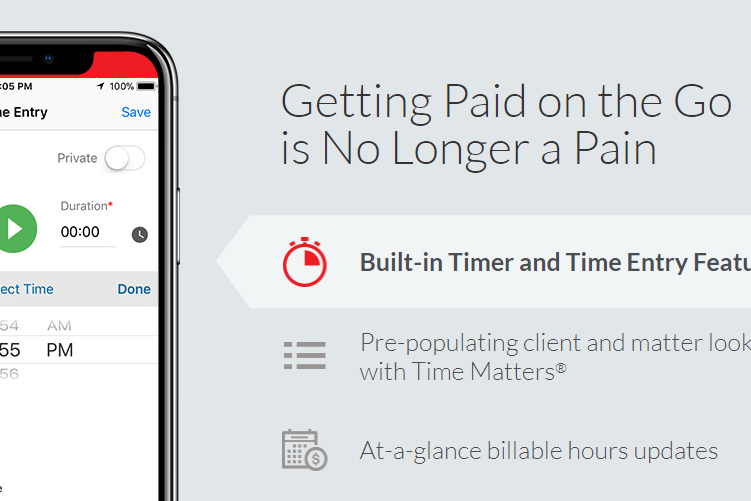Fit Over Features: A Better Strategy for Law Firm Technology
Many firms keep relying on the same tools because they “still work,” but that old logic creates more risk than most teams realize. What once made sense—local servers and shared drives—now slows down your lawyers and introduces constant points of failure, making a move to a private cloud for law firms a smarter default.
After more than twenty years helping firms modernize their systems and improve their legal technology adoption, I’ve seen one pattern repeat. The firms that grow, streamline, and serve clients better treat technology as strategic leverage instead of something to touch only when it breaks.
When you move away from the “if it isn’t broken, don’t fix it” mindset, you open the door to gains your team can feel immediately.
Make Technology an Active Part of Your Firm’s Operations
Most firms aren’t held back by bad tools. They’re held back by the belief that technology should stay invisible.
I still meet firms that see IT as something that lives in the background, not something you actively use.
That mindset made sense when your world ran on on-prem servers and a shared drive. It doesn’t hold up when your entire client experience depends on speed, clarity, and consistency.
You feel the difference when technology becomes an active part of your practice and supports your core worklows.
- Documents move faster.
- Communication is tighter.
- Tasks don’t slip through cracks.
Your team stops wrestling with manual steps that should’ve been automated years ago.
Lead With a Mindset That Supports Modern Technology
I work with firms across the entire spectrum: solo practices, mid-size teams, national players. The firms that move quickly all share the same trait. They’re willing to try new tools, test ideas, and adjust when something isn’t working.
Agility comes from leadership attitude, not headcount.
You see this play out in industry data. The Solicitors Regulation Authority found that while 99% of small UK firms are aware of core technologies, only about 14% have adopted newer capabilities like AI.
Awareness isn’t the barrier. Readiness is.
Leaders who treat technology as leverage move forward, while leaders who wait for “the right time” stay stuck.
Large firms feel this dynamic even more strongly. The outliers stand out because of their mindset.
You see this mindset at every level of the industry. Larger firms like Orrick formalize it through innovation teams and internal tech studios, but the core behavior is what matters. They experiment, pilot ideas, and adjust quickly.
Smaller firms do the same thing on a different scale, often with even more agility because decisions move faster.
Here’s how I explain the difference between agility and scale when firms evaluate technology.
When you approach technology with curiosity and a willingness to iterate, your firm becomes easier to run and far more responsive to change.
Fit Beats Features — Why Many Firms Choose the Wrong Tools
Most firms still approach legal software evaluation by comparing feature charts. It feels objective, but it leads to the same outcome every time: tools that look good on paper and create friction in practice.
Features only matter when they support the way your firm already works. Without that alignment, even excellent software adds weight instead of removing it.
Firms that choose well start with their workflows — not with platforms. They map how matters move through the firm, identify where information gets stuck, and review where time and accuracy break down. Only then do they evaluate the tools that reinforce those patterns.
This is what “fit” actually means: technology that strengthens the way you practice, instead of forcing you to change your habits to match the tool.
The biggest breakdown happens when firms try to make one system do everything. I see this most often with practice management platforms.
These systems are strong at timekeeping, billing, calendars, and tasks. They weren’t designed to replace full document management or intake. Forcing them to cover those gaps always leads to workarounds, version mistakes, and frustrated teams.
What “Fit” Looks Like in Document Management
A document management system shouldn’t act like a shared drive with nicer branding. A well-fit DMS supports how lawyers actually work: fast search, reliable version control, structured matters, and email that stays organized instead of buried in individual inboxes.
Here’s a quick clip where Dennis explains why a modern DMS can’t be passive storage—it has to act as active leverage in your daily workflow.
Most firms eventually outgrow tools like Dropbox, OneDrive, or the storage built into their practice management platform. The tipping point usually shows up as clutter, misfiled documents, or staff constantly re-saving files because the system can’t keep up with daily legal work.
A modern legal DMS should follow a simple design principle: reinforce matter-centric workflows with strong search, clean versioning, and consistent email capture. Tools like LexWorkplace reflect that approach by providing structure that supports the realities of daily legal work—something passive storage can’t deliver.
Integration, AI, and the Hidden Cost of “It Just Works”
I still meet firms who feel confident in older systems because “they’ve never given us trouble.” That confidence holds until something shifts—a Windows update, a new team member, a new workflow—and the tool can’t keep pace.
When your systems don’t integrate, your team compensates with manual steps, duplicate entry, and constant small fixes. The friction shows up in lost time, reduced accuracy, and rising stress.
Firms operating at a higher level take a different approach. They build stacks where core systems communicate cleanly. Managed IT services for law firms can help you design and maintain that stack
- Email saves directly into matters.
- Documents stay organized and searchable.
- Information moves without being retyped.
When your tools reinforce each other, your team works faster and your risk surface shrinks.
AI is becoming part of this picture— not as a buzzword, but as another dimension of fit. I see vendors pack products with AI features that serve marketing more than real workflows.
The most meaningful gains come from targeted use cases. A&O Shearman’s work with Harvey is a strong example. But what matters isn’t their scale — it’s their approach.
They direct AI at high-value legal tasks where reasoning and context shape the outcome. Smaller firms can use the same mindset by applying AI to the moments where judgment matters most, not to every task a vendor decides to automate.
📥 Want to See Which Tools Actually Fit?
Get the 2025 Legal Software Report – a free breakdown of top legal tools by category, including practice management, DMS, CRM, and more.
Fit Is the Advantage Most Firms Overlook
When your technology fits the way your firm actually works, everything feels lighter. Work moves cleanly, communication sharpens, and your team stops losing time to preventable friction.
This shift doesn’t require dramatic change. It starts with leaders who are willing to examine how the firm functions and make intentional decisions about what supports that work. With the right mindset, your technology becomes a clear advantage—one your team relies on and your clients notice.
Frequently Asked Questions
If your team relies on workarounds, repeated re-saving, manual data entry, or long searches for documents and emails, your tools aren’t supporting your workflows. Good technology removes friction instead of creating it.
No. Small firms often make meaningful improvements faster because decisions move quickly. Progress comes from mindset, not size.
Starting with features. The right path begins with mapping your workflows and selecting tools that reinforce them. Fit—not feature lists—is what drives better performance.
Dennis Dimka
As the founder and CEO of Uptime Legal Systems, I've had the privilege of guiding our company to become a leading provider of technology services for law firms.
Our growth, both organic and through strategic acquisitions, has enabled us to offer a diverse range of services, tailored to the evolving needs of the legal industry.
Being recognized as an Ernst & Young Entrepreneur of the Year Finalist and seeing Uptime Legal ranked among the Inc. 5000 list of fastest-growing private companies in America for eight consecutive years are testaments to our team's dedication.
At Uptime Legal, we strive to continuously innovate and adapt in the rapidly evolving legal tech landscape, ensuring that law firms have access to the most advanced and reliable technology solutions.
Related Posts
September 16, 2025
How to Properly Utilize the 2025 Legal Software Report
September 30, 2024
How to Properly Utilize the 2024 Legal Software Report
June 11, 2024
Which Uptime Practice Solution Is Right for You?
April 1, 2024
The Financial Case for Cloud for Law Firms
March 8, 2024
25 Things To Ask Your Legal Private Cloud Provider
December 15, 2023
7 Reasons Your Law Firm Should Consider Tabs3
September 28, 2023
Best Law Practice Management Software (2025)
July 20, 2023
Private Cloud 101 for Law Firms
March 24, 2023
Best Law Firm Payment Processing Solutions
December 8, 2021
Key Trends from the 2021 Legal Trends Report
February 24, 2021
Uptime Legal Joins the Thomson Reuters Marketplace
November 18, 2019
Best Legal Practice Management Software for 2021
September 16, 2019
The Financial Case for Cloud for Law Firms
June 10, 2019
5 Things to Require of Your Law Firm IT Provider
January 7, 2019
Time Matters® Go – An Uptime Legal Review
June 29, 2018
